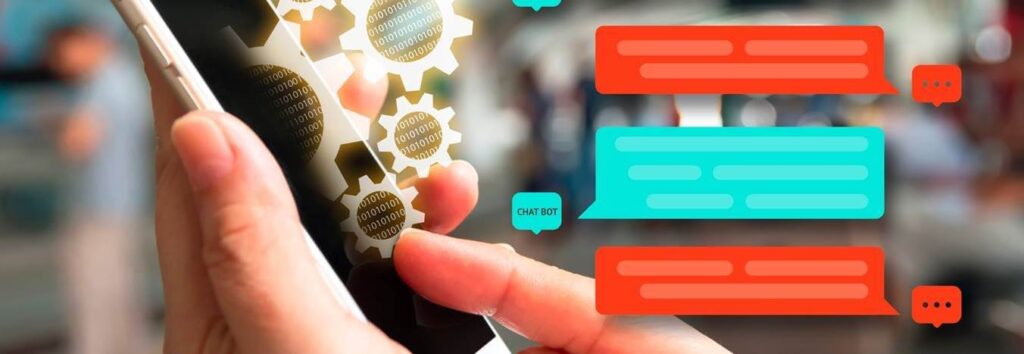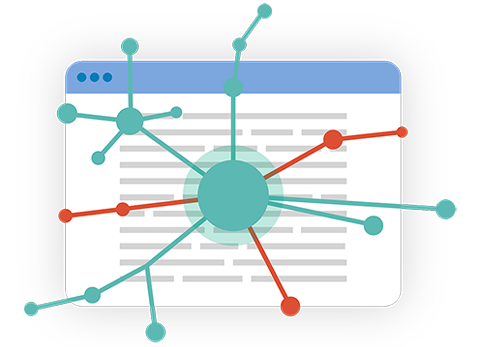
The holiday season is upon us! To many, this is the most wonderful time of the year, as it signals the arrival of bright lights, festive foods and family traditions. However, for retailers around the world, this signals commerce chaos – especially when it comes to customer service.
The holiday madness is nothing new to retailers, but it does look a bit different this year. Between an ongoing migration of shoppers to ecommerce platforms and COVID-19 restrictions that limit traditional in-store shopping habits, retailers are facing an avalanche of digital commerce that is straining their existing infrastructure.
Deloitte predicts ecommerce holiday retail sales to grow between 25% to 35% from November through January, while FreshDesk expects a 75% increase in ticket volume. Chatbots are the best counter measure against this and will continue to be moving forward.
Consumers Demand Digital Perfection NOW
Chatbots have been around for many years, but many organizations often fail to realize their value until it’s too late. Though timing of the essence — particularly this holiday season — it’s important to be measured with the chatbot solution you select for your organization. See what each option can add to your team…and where it may fall short.
Standard Logic Tree Chatbot
The most basic chatbot is one that follows a standard logic tree hierarchy. This ends up being a “choose your own adventure” situation for customers where they select from a list of prompts (e.g., help with shipping, help with returns, etc.) then follow a series of multiple-choice questions to arrive at what you deem to be their most helpful destination.
This is most effective when you select just a few common issues that are easy to respond to. The more selections you offer to begin with, the more daunting the task appears to customers. Plus, the more branches needed to arrive at the final destination, the more likely customers are to lose their way.
Keyword Recognition-Based Chatbot
For those retailers that experience a broader range of customer inquiries, a keyword recognition-based chatbot will be more helpful. Rather than limit customers to a certain number of inputs, customers can submit their own written inquiry. The chatbot then identifies your keywords and directs you to the corresponding solution.
The benefit of a keyword recognition-based chatbot is your ability to address a broader range of customer inquiries more quickly. There are no cumbersome steps for customers to take in order to find their answer — just a direct line to it. The downside here occurs when certain keywords are present in multiple queries. Without a knowledge graph to discern the true meaning behind a query, the bot will have trouble guiding you to the correct answer.
Machine Learning-Based Chatbot
Machine learning is all the rage these days, and it can be quite effective as the foundation for a chatbot. This approach leverages an ML engine to consume all your previous customer inquiries and train itself to deliver the optimal response. This creates a self-sufficient chatbot that continues to learn and evolve over time as more data is consumed.
The challenge with this approach is accumulating enough data to train your algorithm how to properly respond to customers. Plus, once you have collected enough data to train your initial algorithm, you need to continually feed large volumes of data into it to maintain it.
Lastly, and perhaps most importantly, ML-based chatbots are created in a black box, meaning you have zero insight into the mechanics of your algorithm. As a result, any issues that arise in production require a complete reset and retraining of your algorithm.
Symbolic NLU-Based Chatbot
The final chatbot option leverages symbolic AI to provide a more conversational approach to customer service. Though similar in some respects to a keyword recognition-based chatbot, this method enables you to clearly understand the intent of the customer inquiry by using natural language technology (NLU). As a result, you can provide clear and direct responses back to customers with a high level of accuracy.
Because words often carry multiple meanings, customer inquiries can easily be misconstrued without contextual knowledge. By taking a symbolic approach with your chatbot, you can avoid misunderstandings with customers that could needlessly escalate a situation and prolong its resolution. More importantly, symbolic AI gives you full visibility into your rules-based system, enabling you to quickly adjust your system should an issue arise.
What is at Stake?
This holiday season is going to test your customer service infrastructure like never before. Though the chaos will eventually die down, the need to improve your support process will not. A chatbot is the first step toward a more integrated customer support system. Though it is not a cure-all solution, it will significantly augment your existing infrastructure in a number of ways.
Failure to address these issues can have severe consequences, but so too can the implementation of the wrong chatbot. Considering that 66% of customers will place their loyalties with a competitor after a poor experience, getting it right the first time is crucial.
A chatbot founded on symbolic AI ensures a deeper level of understanding into customer intent from the outset, enabling more timely and accurate resolution of support tickets than its alternatives. Make the right investment in your customers and they will continue to invest in you.


